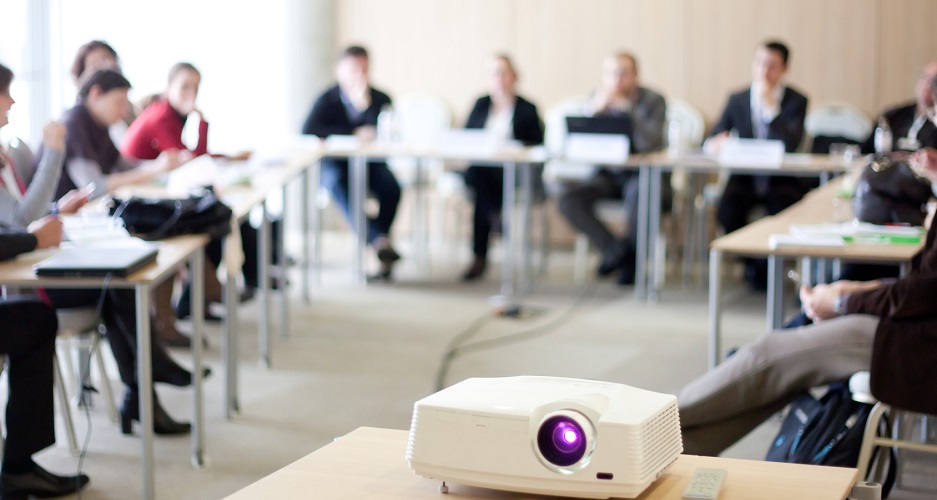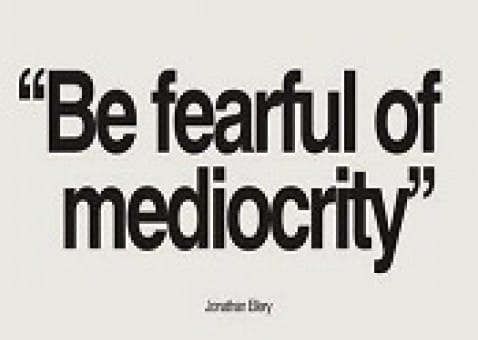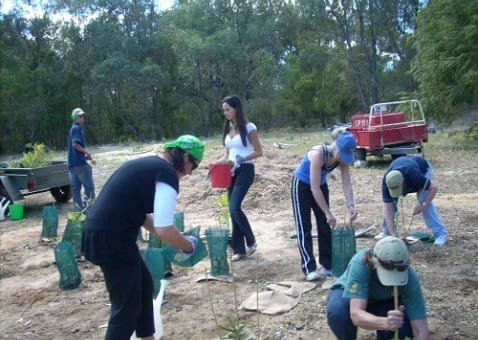The world we live in has evolved considerably over the past decade. The same can be said for the world we do business in.
Advancements in technology has changed how we work, where we work, who we employ, how we communicate with staff and customers, and how we sell our business, products and services.
This evolution in how we do business has created a need for us to continually look at improvements in efficiency and productivity.
But what has always been a fundamental ingredient in any successful business and will continue to be is people.
People develop ideas. People communicate. People control technology. People lead and manage. People motivate and inspire.
So it’s vital that your people, your staff, are provided the support, the development and the tools to develop ideas, communicate, control technology, lead and manage, and motivate and inspire!
A traditional method for achieving this is through conferencing.
Conferencing can be used in many ways and has also evolved quite a bit in recent times.
But a fundamental objective of conferencing that remains is the development of people.
Here are three key considerations for your business in staging conferences in the year 2016.
1. Conferencing for professional development
Conferencing has always been a very effective form of professional development for people.
Industry conferences are still a great way to learn about and experience the latest developments applicable to your profession or sector so you are not left behind.
Internal company conferences are still a great opportunity for managers and staff to come together to review business processes and progress.
I have actually seen a growth in internal company conferences in recent years.
And what is becoming more and more popular is the inclusion of specific professional development sessions in these conferences.
By including these sessions, it creates variety in the conference and maximises the time you have taken your team away from their day-to-day work.
Another advantage nowadays is that conferencing, whether for an industry group or a company, is more accessible than ever before.
Through digital technology such as live streaming and video-on-demand, delegates do not necessarily need to attend a physical venue for a conference.
Technology has also created more opportunity for engagement with the result being an even more collaborative and experiential learning environment for delegates.
2. Inclusion of team building in conferences
Following on from consideration one, today’s conferences are featuring more team building activities than ever before.
There are a few reasons for this.
Team building activities provide a fun and engaging way to achieve professional development outcomes.
These outcomes may be problem solving, sales techniques, leadership, team work and communication. Most team building activities can be tailored to achieve a certain professional development outcomes or objective.
I mentioned the word ‘fun’ before, with team building activities providing a social and fun element and experience within your conference. This can also help your delegates to stay engaged and to network.
Team building activities can also be tailored to reinforce or highlight the key theme of the conference or a professional development session just completed.
Ultimately, team building activities can be used effectively in conferences to provide variety, fun and engagement, as well as specific team professional development outcomes.
3. Conferences with content
My third key consideration is ensuring there is real substance and tangible outcomes within the conference.
I have seen and heard of many examples where delegates have walked away from a conference unmotivated, hung over and having achieved little more than a few days away from the office.
An exciting new term in the event planning and professional conference organisation space is ‘conferences with content’.
This refers to the specific tailoring of company conferences to achieve a pre-determined set of objectives, professional development outcomes and a reinvigoration of the people within the company.
Each session has a professional development outcome and is delivered by professional corporate trainers and team building facilitators, as well as experts in their profession.
Content ideas are only limited by your imagination but, most importantly, will be tailored to the objectives for the conference.
Yes we are working in a new age but we still need to find ways to train our people and stay ahead of the competition.
That is why conferencing is vital!
So if you’re thinking about your next conference, consider the professional development outcomes, consider featuring fun and engaging team building activities, and consider conferences with content.
Dwain Richardson, Managing Director, Corporate Challenge Events





Recent Comments